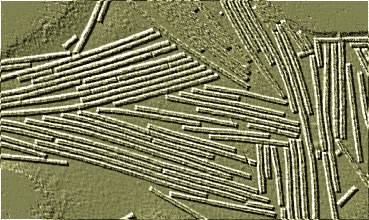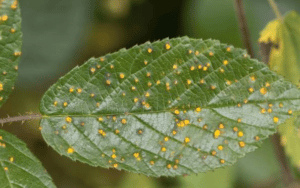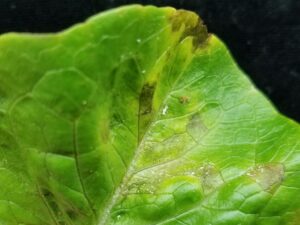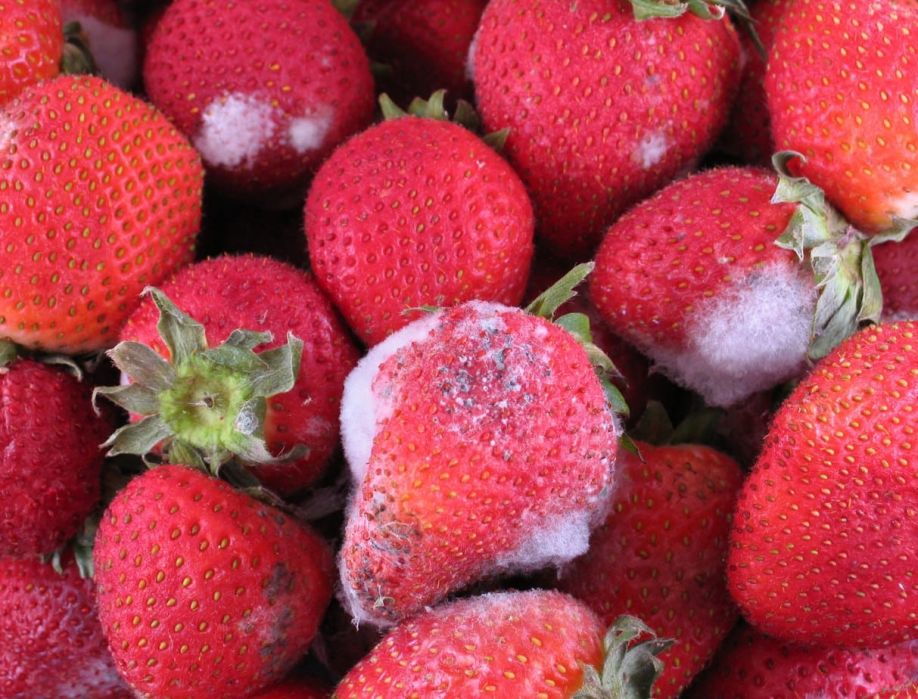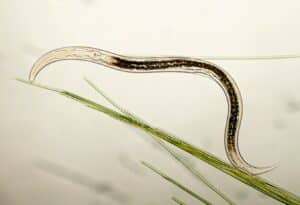Pathogens can hugely impact your yield, and your yield impacts your revenue, so, it’s important that you understand some of the fundamentals before any problems occur.
 Plant Pathogens – Fundamentals for Indoor Growers
Plant Pathogens – Fundamentals for Indoor Growers

Article from | ZipGrow
Worldwide crop loss is estimated annually to be USD 220 billion or 14.1% of crop loss due to plant disease. Crop loss can be caused by biotic organisms, including oomycetes, fungi, viruses, bacteria, nematodes, and viroids, as well as abiotic factors like the environment.
While certain regions have better disease management (in North America, that number is closer to 10%), even 10% is a significant crop loss to farmers. You should be shooting to get 95% or more of the ideal yield from your farm.
A pathogen is a “disease-causing agent”; anything that disturbs the plant’s typical structure, function, or economic value.
Whether growing in soil traditionally or in a controlled environment like a ZipFarm, plant pathogens threaten your crops. In a nutshell, pathogens can hugely impact your yield, and your yield impacts your revenue, so, it’s important that you understand some of the fundamentals before any problems occur. You are much more likely to be able to manage pathogens when growing indoors versus traditional farming as you can better control your environment. Since ZipGrow farms are relatively small you should be able to detect problems early on if you are faced with pathogen pain through regular scanning of your crops and monitoring early signs.
Proactivity = Prevention
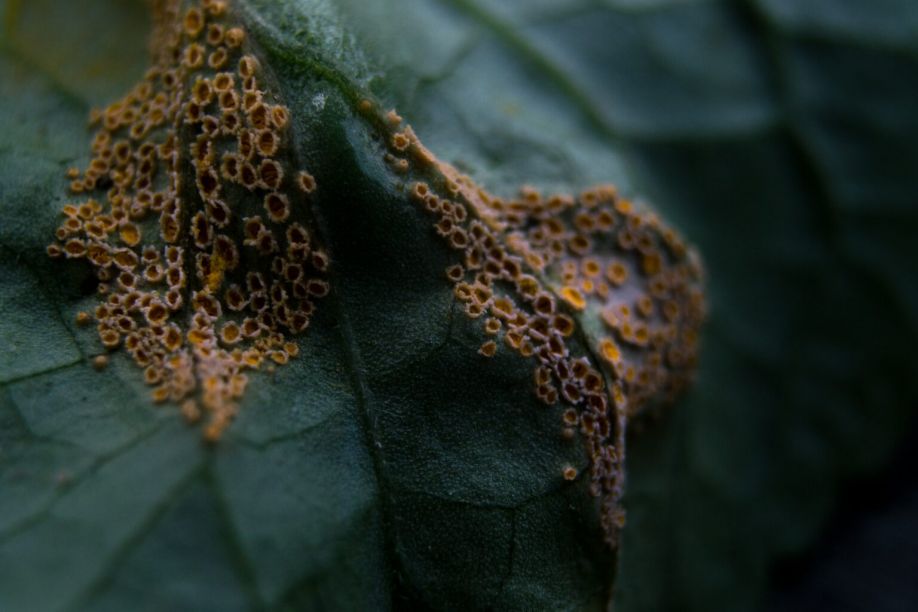
Generalist or specialist?
Pathogens differ in their host specificities, with species infecting a unique host (specialist pathogens) and others having a wide host range (generalists). A generalist species is able to thrive in a wide variety of environmental conditions and can make use of a variety of different resources. A specialist species can thrive only in a narrow range of environmental conditions or has a limited diet. Most organisms do not all fit neatly into either group, however. Some species are highly specialized (the most extreme case being monophagous, eating one specific type of food), others less so, and some can tolerate many different environments. In other words, there is a continuum from highly specialized to broadly generalist species.
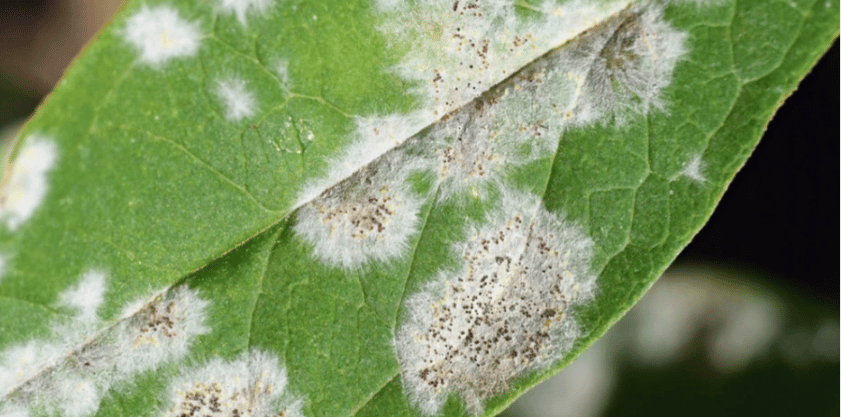
VIROIDS & VIRUSES
Viruses are cell hackers. They stow away in a cell and use its machinery to thrive and reproduce. Because they need the cell to live and have a negative effect on the cell, they are an “obligatory intracellular parasite”. They also need living vectors (usually insects) to move from one plant to another. Essentially, a virus is a piece of RNA or DNA with a protein coat and sometimes a lipid/ carbohydrate/protein envelope to protect them against cell’s defenses.
Viruses need a wound or opening to enter a plant. What does this mean for how you manage your farm? It means that if you can reduce vectors (organisms that carry diseases, and often cause the wounds that allow the virus to enter through feeding), you can reduce the spread of viruses. This also goes for bacteria and fungi! Another takeaway is that reducing cuts and tears on your produce can reduce pathogen entry.
Viroids are like viruses, but simpler, with a short piece of RNA and no protein coat. Viroids only attack plants (there are no human-targeting viroids, for example). Like viruses, viroids need a living organism to survive and reproduce.
BACTERIA AND PHYTOPLASMAS
A bacterium is a single cell with no nucleus or organelles. Bacteria come in different shapes (for example, Bacillus thuringiensis—the “bacillus” part means that it’s rod-shaped). Bacteria reproduce by cloning or what’s called “binary fission”. If it has an endospore, it can go dormant, which makes it hard to get rid of. Even though most plant diseases are caused by fungal diseases, bacteria can be harder to control than fungi. Bacteria usually require an outside force like vectors or splashing water to spread. Since splashing water is also a great way to spread fungi, and since it can have even worse effects in combination with wounds, reducing splashing and drips is an important preventative measure! Phytoplasmas are bacteria without a cell wall—they just have a membrane and are less complex.
FUNGI
What did the claustrophobic fungi say to his friends? There’s not mushroom in here!
All jokes aside, Fungi are the biggest group of plant pathogens and pose the most threat. A 2017 publication Microbiology Spectrum estimates there are between 2.2 and 3.8 million species of Fungi.
They’re multi-celled and usually don’t have chlorophyll. This means that they don’t utilize light to get energy. Fungi spend most of their life invisible, buried in their substrate (i.e., food source). Lots of fungi get their energy by breaking down decaying matter, or, as is the case with many fungal pathogens, by parasitizing other living organisms.
Most fungi reproduce via spores, with a few exceptions (rhizoctonia). Avoiding fungal spores can be hard because they’re tiny, often windborne, and can stay viable for a long time. You can reduce the spread, however.
The three main types (phyla) of fungi (and one pseudo-type), primarily differentiated by their reproductive structures, are:
- oomycota
- zygomycota
- Ascomycota
Oomycetes (water molds). e.g. Pythium and Phytophthora. Oomycetes are primarily waterborne (but can be spread through water in soil) and cause damping-off, root rots, and crown rots. Usually, oomycetes can be dealt with by treating the media with fungicide drenching, plant stock treatment, soil pasteurization, or sterilization. At ZipGrow, we use a hydrogen peroxide mix to clean the matrix media. It takes care of sterilization without harming the plants.
Zygomycota are a small group (about 1% of fungi, only 900 species) that reproduce with special spores called sporangiospores. As pathogens, you see a lot of zygomycetes on fruit crops like strawberries.
Ascomycota. Ascomycetes produce ascospores, which are often borne on the wind to susceptible host plants. They’re closely related to the imperfect fungi (Deuteromycota), which also produce specialized spores (called conidia). Botrytis is an example of imperfect fungi. Managing these types of fungi usually involves fungicide sprays, sanitation, resistant cultivars, and crop rotation in IPM programs.
Basidiomycota (club fungi) includes rusts and smuts. Rusts are dark red in color and especially like to attack the stems of plants. They require more than one host to complete their lifecycle. Smuts, on the other hand, can complete a whole life cycle and reproduce on only one host. Also, rust infection is pretty localized, while smuts will infect the entire plant if you give them the time. Both rusts and smuts tend to be specialists; if you are growing primarily greens and herbs, it’s unlikely that you’ll see rusts and smuts, but these could be a problem if you’re growing ornamentals and other crops.
Fungi can be a fun guy!
Fungi are not always bad. Plants also have a lot of symbiotic relationships with fungi, which allows them to do things like absorb nutrients better and provide defense for the plant. Fungi are also important to nutrient cycles and decay, as well as providing some delicious food!
NEMATODES
Remember the Sci-Fi movie Dune or horror film Tremors? Think of those monsters… but microscopic. Nematodes are simpler than insects but very much alive. They have a life cycle (egg to adult) of usually about 3 or 4 weeks. Nematodes are usually more of a problem in the soil—in ZipGrow Towers, you won’t see these, but in other system types, you might. They could be a problem with seedlings as well if you’re using and recycling soil.
PARASITIC SEED PLANTS
This is another category that you won’t have to deal with in your ZipGrow system. Parasitic seed plants are pests like mistletoe and dodder. They infect other plants and derive nutrients from their host. Each of these pathogen types has varying virulence (degree of ability to infect, reproduce, and cause disease), and varying levels of specificity (host range).
Good sanitation is key to pest and parthenon management. Be sure to follow our tips and advice on Integrated Pest Management (IPM) and to monitor your farm daily for any early signs of distress.
The content & opinions in this article are the author’s and do not necessarily represent the views of AgriTechTomorrow
Comments (0)
This post does not have any comments. Be the first to leave a comment below.
Featured Product


